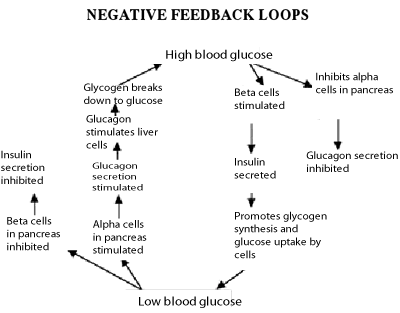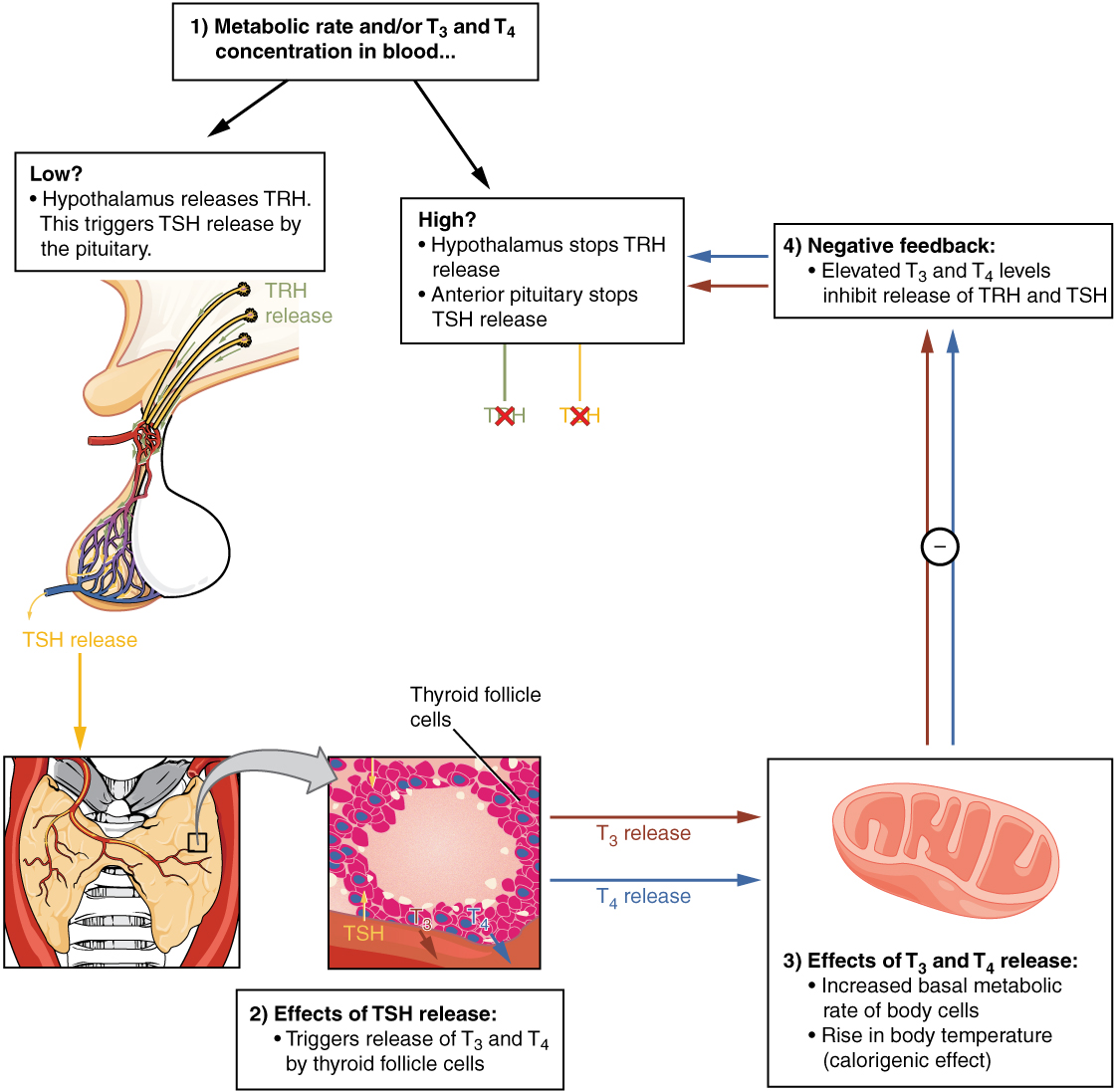

Type 2 diabetes is becoming more common due to increasing availability of processed foods and low levels of physical exercise.

In more severe cases, glucose-lowering drugs or insulin injections may be used. Treated with a managed diet and regular exercise. Also appears to have a genetic component as it is more common in those with a family history of diabetes.īody cells stop responding properly to insulin because their insulin receptors stop working and their cells stop absorbing glucose, leading to elevated blood glucose levels. Onset in adulthood – linked to lifestyle factors such as poor diet, obesity and lack of exercise. Patients also have to follow a carefully controlled diet. The amount of injected insulin has to be carefully controlled to prevent glucose from dropping too low. Treated with insulin injections or an insulin pump. Some glucose is excreted in the urine as the kidneys cannot reabsorb all of the glucose. Results in sustained hyperglycaemia (high blood glucose) after a meal. The immune system destroys the beta cells of the islets of Langerhans so that they can no longer produce insulin. Onset in childhood – some cases appear to have a genetic component, others may be triggered by viral infection. There are two types – type 1 and type 2 diabetes.

Uncontrolled blood glucose can be dangerous, so people with diabetes have to carefully regulate their carbohydrate intake and inject themselves with precise amounts of insulin. It stimulates hydrolysis of glycogen, stimulates the secretion of glucagon and inhibits the secretion of insulin.ĭiabetes is a condition that results from the inability to control blood glucose levels. It is released by the adrenal glands and binds to adrenaline receptors on the membrane of liver cells. It also triggers the production of glucose from non-carbohydrates, such as lipids and amino acids, in a process called gluconeogenesis.Īdrenaline also increases blood glucose levels as part of the fight-or-flight response that prepares our body for action. Glucagon stimulates the breakdown of glycogen into glucose ( glycogenolysis) and a decrease in the rate of respiration, which helps to increase blood glucose. Glucagon travels in the bloodstream to liver cells, where it binds to glucagon receptors on their cell surface membrane. running a marathon):Ĭells in the pancreas detect low blood glucose and stimulate alpha cells in the islets of Langerhans to secrete glucagon. It also stimulates the conversion of glucose into glycogen ( glycogenesis) and an increase in the rate of respiration, which helps to lower blood glucose. When insulin binds to its receptor, vesicles containing the GLUT4 glucose transporter move and fuse with the plasma membrane. Insulin increases the permeability of the membrane to glucose, so more glucose is moved from the bloodstream into cells. Insulin travels in the bloodstream to liver and muscle cells, where it binds to insulin receptors on their cell surface membrane. after eating a meal):Ĭells in the pancreas detect high blood glucose and stimulate beta cells in the islets of Langerhans to secrete insulin. The action of insulin in reducing blood glucose levels and glucagon in increasing blood glucose are examples of negative feedback loops.

It is monitored and controlled by the pancreas which releases a hormone called insulin if glucose levels become too high and another hormone called glucagon if levels fall too low. The concentration of glucose in the blood is one of the internal conditions that is kept constant with our bodies ( homeostasis).


 0 kommentar(er)
0 kommentar(er)
